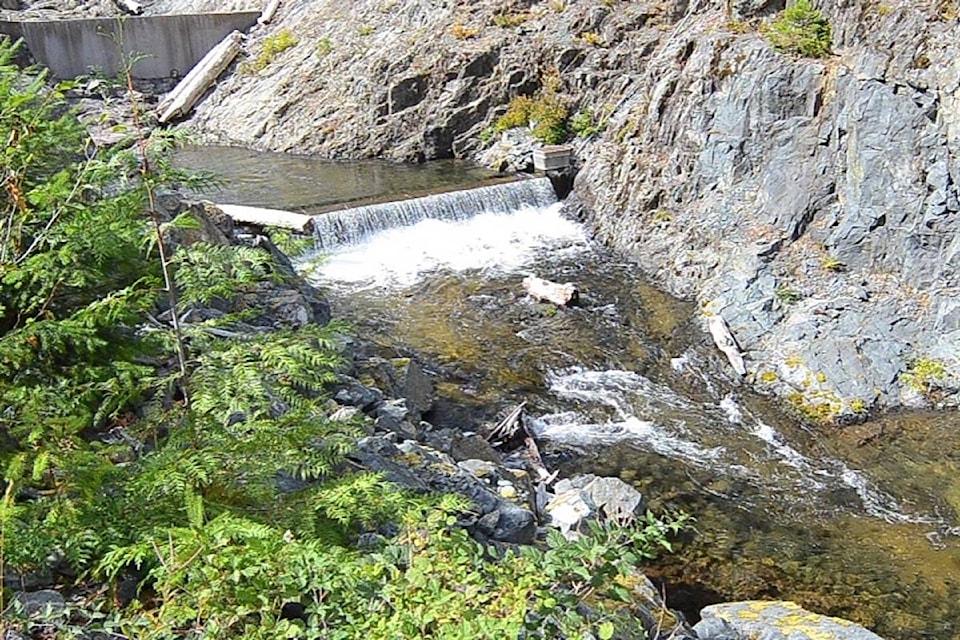Backflow into the public water system can posed high health risks.
The Regional District of Nanaimo has taken an extra step to prevent industrial fluids, gases, sewage, biohazards or other wastes from flowing back into the water system.
The board has adopted a Cross Connection Control Regulation Bylaw, geared towards protecting the public water supply from contamination due to backflow, which can occur when a prevention valve fails to funcation correctly or is removed without permission.
The new bylaw is to establish the legal authority for the RDN to ensure that regular testing, maintenance and reporting on backflow prevention devices is completed for high health-hazard connections to the water system.
READ MORE: Parksville Qualicum Beach region moves to elevated Stage 3 watering restrictions
Staff indicated that many B.C. municipalities and regional districts have already adopted such a bylaw to mitigate the risk of backflow into the public water supply, reducing the risk of an event and exposure to legal liability.
The RDN owns and operates nine public water systems and three parks with drinking water facilities. They operate under the terms of permits issued by the provincial Ministry of Health, that include a condition to have a Cross Connection Control Program.
Staff reported that there have been documented incidents of sickness and death across North American due to backflow into the public water system.
The new bylaw will add stringent safeguards to protect the public and also prevent the RDN’s exposure to legal liability. It will be added in the building and plumbing codes requirements for installation and maintenance of backflow protection equipment that is based on assessed degree of hazard.
The cost may vary from $500 to $10,000. Water services staff intends to work with customers to determine the cost-effective solution to mitigate serious health risks due to backflow.
